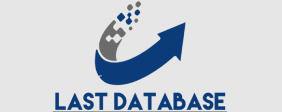We take an axis and we choose our targets that our audience cares about. We choose two targets. This could be price or healthfulness or performance or skill level, whatever. You put one on X and one on Y and you have the two extremes there. Then you start to map it out and see where you fit. For instance, if we’re talking about sales software or CRM, we can look at a couple of different options, right? Let’s say ease of use and performance. are looking for and it’s going to make their lives better. We can put some examples of what that might look like in here. Salesforce is simpler to use in some cases and it’s got a ton of performance.
That has more performance
Maybe down below that, maybe not as easy to use, maybe not easy to get starte, would be building your custom CRM and you still might be able to have a lot of performance, but it may not be as easy. Maybe a pad of paper, as you know, it’s easier to write Azerbaijan Email List down, but it’s not easy to actually use as a CRM, and it’s very low as a performance. Then maybe an Excel spreadsheet would be easy to use, but the performance may be lacking in some of the other software. Again, this is an example. Now we can start to look at this and where do we fit in Who do we want to target.
You start to ask yourself
What do we want to do? If its ease of use is good and performance is good, how do we find the people that find Salesforce too hard and maybe find it lacking in a certain performance? And maybe we can find a pocket of users that are really die-hard and BR Lists that nee a CRM just like them that’s different than Salesforce, that’s easier than that,. these types of questions. Maybe you’re a local business and you’re trying to decide, what do you want to do? The two things that you know your audience cares about is spee and trendiness.







